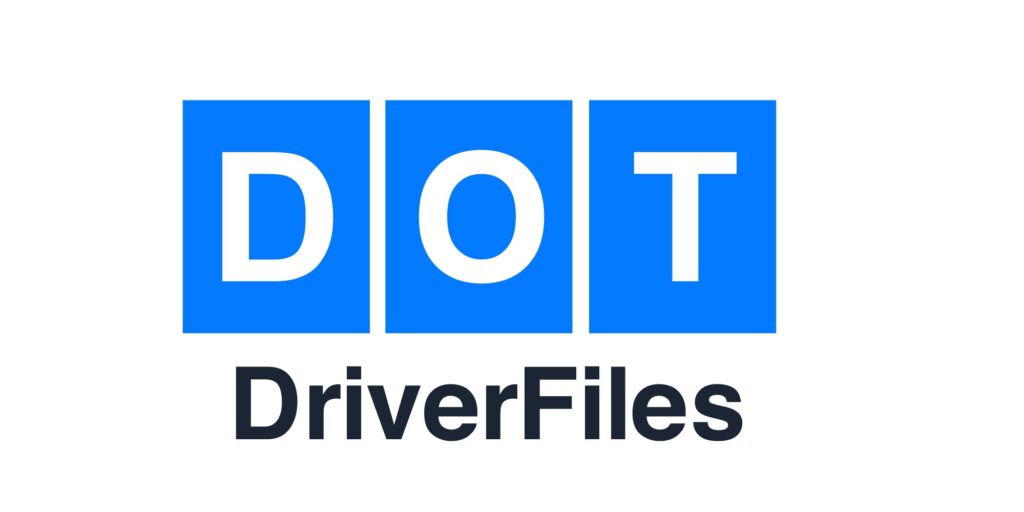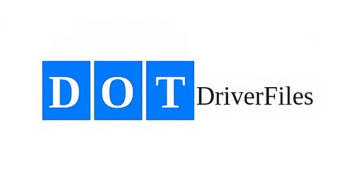When it comes to compliance with FMCSA regulations and commercial driver requirements, one essential aspect for motor carriers is maintaining a driver qualification file for each employed driver. But do you really know what’s in this file and why it matters?
In this comprehensive guide, we’ll walk you through the ins and outs of the FMCSA qualification file, also known as the DOT driver qualification file. From the necessary documents to the specific inquiries and retention guidelines, we’ll cover everything you need to know to ensure compliance and avoid penalties.
Don’t let the complexities of FMCSA regulations leave you uncertain about the contents of your driver qualification file. Dive in and discover the crucial details that can make a significant difference in your compliance efforts. Let’s get started!
Key Takeaways:
- The driver qualification file is a crucial requirement mandated by the FMCSA for motor carriers.
- The file must include a range of documents, inquiries, and records related to the driver’s qualifications and performance history.
- Inquiries to previous employers, driving record reviews, and medical examinations are among the essential components of the qualification file.
- The file should also include documentation of a driver’s road test, inquiries about drug and alcohol tests, and additional requirements for specific cases.
- Understanding the components of the driver qualification file is vital for compliance with FMCSA regulations and ensuring safe operations.
Documents Required for Driver Qualification File
The driver qualification file plays a crucial role in ensuring compliance with FMCSA regulations and maintaining the safety of commercial motor vehicle operations. To create a comprehensive and accurate driver qualification file, several essential documents must be included. These documents provide crucial information about the driver’s employment history, safety performance, and physical fitness. Let’s explore the specific documents that are necessary for a complete driver qualification file.
1. Driver's Application for Employment
The driver’s application for employment is a fundamental document that provides essential information about the driver. It includes personal details, contact information, previous employment history, and required certifications or qualifications. This application is a crucial starting point for evaluating a driver’s suitability and qualifications for the position.
2. Inquiry to Previous Employers
An inquiry to previous employers is necessary to obtain the driver’s safety performance history. This inquiry should cover the three years prior to the driver joining a new employer. It should include details about accidents, violations of alcohol and controlled substances regulations, and general employment verification information. This inquiry helps assess the driver’s safety record and behavior on the road.
3. Records Request for Driver/Applicant Safety Performance History
A records request form should be included in the driver qualification file. This form is used to formally request safety performance history information from previous employers. It ensures that the requested information is documented and included in the qualification file for thorough evaluation and consideration.
4. Medical Examiner's Certificate
A copy of the medical examiner’s certificate should be included in the driver qualification file. It confirms that the driver has undergone a physical examination by a certified medical examiner listed on the National Registry of Certified Medical Examiners. This certificate validates the driver’s physical fitness to operate a commercial motor vehicle safely and complies with the medical requirements set forth by FMCSA.
| Document | Importance |
|---|---|
| Driver’s Application for Employment | Provides essential information about the driver |
| Inquiry to Previous Employers | Obtains driver’s safety performance history |
| Records Request for Driver/Applicant Safety Performance History | Formally requests safety performance history information |
| Medical Examiner’s Certificate | Confirms driver’s physical fitness |
By including these important documents in the driver qualification file, motor carriers can ensure compliance, mitigate risks, and prioritize safety in their operations. The driver qualification file serves as a valuable tool in evaluating a driver’s qualifications and ensuring their ability to safely operate a commercial motor vehicle.
Driving Record and Medical Requirements
When creating a driver qualification file, it is crucial to include inquiries to state agencies for the driver’s motor vehicle record (MVR). This inquiry should be made at the time of application and updated annually to ensure that the driver meets the minimum requirements for safe driving. Reviewing the driving record helps assess the driver’s past performance and determine their eligibility for operating a commercial motor vehicle.
Aside from the driving record, the driver qualification file should also contain a medical examination report and a medical examiner’s certificate. These documents verify the driver’s physical fitness to operate a commercial motor vehicle. To ensure accuracy and compliance, it is essential to confirm that the medical examiner listed on the National Registry of Certified Medical Examiners conducted the required examination and issued the certificate.
Moreover, Commercial Driver’s License (CDL) holders must submit a copy of their medical examiner’s certificate to their State Drivers Licensing Agency. This ensures that the agency has the necessary documentation on file.
| Inquiry | Review | Submission |
|---|---|---|
| Inquiry to state agencies for driver’s motor vehicle record | Review of driving record | Submission of medical examiner’s certificate to State Drivers Licensing Agency |
By including these records in the driver qualification file, you demonstrate compliance with FMCSA regulations and ensure that your drivers meet the necessary qualifications for safe operation. It is important to retain these records for the required timeframe as outlined by FMCSA guidelines.
Creating and maintaining a comprehensive driver qualification file is vital for maintaining compliance with FMCSA regulations. By including inquiries to state agencies for the driver’s motor vehicle record, reviewing the driving record, and including the necessary medical examination report and medical examiner’s certificate, you can ensure that your drivers meet the essential requirements for safe driving. These records help assess the driver’s past performance, physical fitness, and eligibility to operate commercial motor vehicles.
Additional Requirements and Exemptions
The driver qualification file should also include documentation of the driver’s road test and certificate or an equivalent document proving their ability to operate a commercial motor vehicle. This ensures that the driver has the necessary skills and knowledge to safely handle the vehicle on the road.
In addition, employers must inquire about any drug and alcohol tests that the driver may have taken in the past. These inquiries are crucial in determining if the driver has tested positive or refused to test, which may impact their ability to perform safety-sensitive functions.
It’s important to note that certain drivers may have additional requirements or exemptions. For example, entry-level drivers may need an entry-level driver training certificate to ensure they have received the necessary training to operate a commercial motor vehicle. Drivers with physical impairments may be required to obtain a skill performance evaluation certificate to assess their ability to safely perform their job.
As an employer, it’s essential to understand these additional requirements and exemptions and ensure that all relevant documents are included in the driver qualification file. This ensures compliance with FMCSA regulations and helps maintain a safe and qualified workforce for your company.





